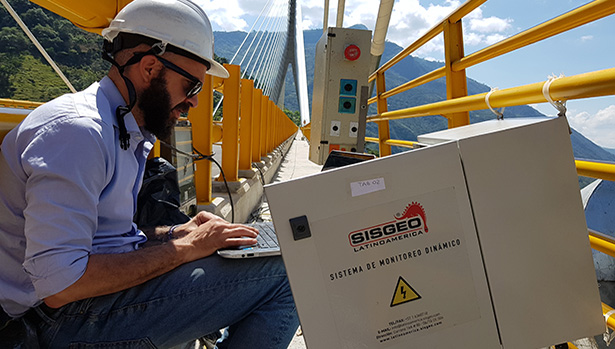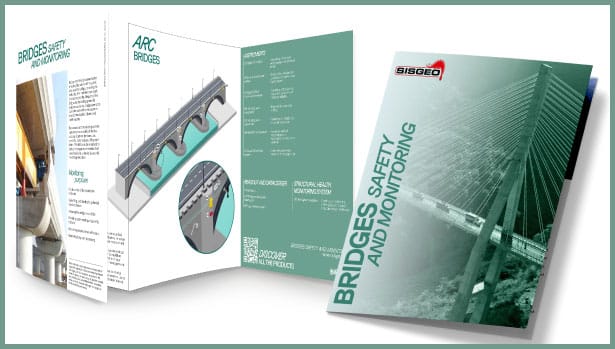What is bridges monitoring?
Bridge monitoring involves the continuous assessment of a bridge’s structural performance and condition to ensure its safety and longevity. A comprehensive bridge monitoring system utilizes advanced sensors to gather nearly real-time data, enabling operators to detect potential issues before they escalate.
These systems measure critical parameters such as temperature, humidity, deformations, tilting, and strain. Additionally, bridge monitoring includes observing the bridge abutments, which are crucial for maintaining structural stability. Sensors installed on abutments measure ground movement, settlement, and stress levels, ensuring early detection of issues that could compromise the bridge’s overall integrity.
The benefits of bridge observation extend beyond safety. By identifying structural anomalies early, operators can implement preventive maintenance strategies, reducing repair costs and minimizing disruptions. A well-maintained bridge not only ensures public safety but also extends its service life, making monitoring systems a cost-effective investment.
By incorporating nearly real-time data from bridge monitoring sensors, including those on abutments, operators gain a holistic understanding of the bridge’s health. This proactive approach is essential for modern infrastructure management, ensuring that bridges remain safe, reliable, and operational for years to come.

Which are the challenges in bridges monitoring?
Bridge monitoring encompasses the continuous observation of critical structural parameters to ensure the safety, integrity, and longevity of its parts. A robust monitoring system employs advanced sensors to track factors such as strain, displacement, temperature, load, and acceleration, as well as the stability of bridge abutments.
- Strain: Strain gauges monitor the deformation of structural components under varying loads, providing insights into stress distribution over time.
- Displacement: Displacement transducers, such as joint meters, track movement or settlement in bridge elements, signaling potential structural issues.
- Temperature: Temperature gauges monitor fluctuations that could influence material properties and overall bridge performance.
- Load: Load cells or strain gauges measure forces acting on the structure, helping assess the load-bearing capacity.
- Acceleration: Accelerometers, not manufactured by Sisgeo, detect vibrations caused by dynamic loads, which can reveal structural damage or instability.
Monitoring the abutments is equally critical. Sensors installed on abutments detect ground movement, settlement, and stress levels, which directly impact the bridge’s foundation and overall stability.
By integrating these sensors into a comprehensive bridge monitoring system, engineers can proactively identify issues, plan timely maintenance, and extend the bridge’s service life. This systematic approach enhances public safety and minimizes long-term operational costs. For modern infrastructure management, bridge monitoring is indispensable.










